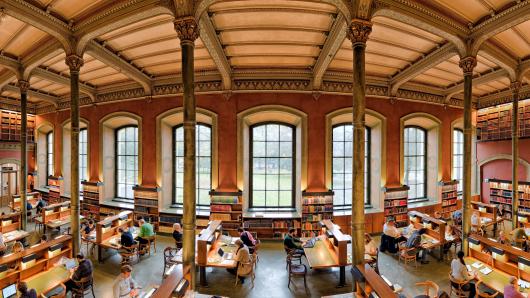Course description
Ever since the magical conjurations of Georges Méliès, fantasy film has been on a meteoric, miraculous rise that has culminated in the first triumphant success and Academy Award for Best Picture for The Return of the King from The Lord of the Rings trilogy in 2004. These days, big-budget fantasy film releases are not just a huge commercial success, but also regularly achieve critical acclaim for their narrative sophistication, thematic complexity, emotional depth, compelling set design, and gritty realism. In short, fantasy film has become a formidable cultural force both in cinema and on television. No wonder: it is the magic. Marvelous creatures of extraordinary powers abound in this wondrous world: mermaids and monsters, heroes and henchmen, giants and goblins, faeries and fiends, trolls and scrolls, wizards and witches, gremlins and goblins, ogres and dragons, slayers and sorcerers, pixies and nixies, and curses and cures. Why does a tech-savvy and scientifically advanced society like ours revel in myths of miracles and mysteries? Why are we willing to disregard laws of rationality, science, and nature, and abandon ourselves to marvels and magic? Why do we use our high-tech gadgets and digital subscriptions to conjure up medieval and archaic settings? Why does humanity, distinguished by its logos, its language of reason, find mystical incantations so resonant? And why does a society that produces life-saving vaccines in record times, find the power of pixie dust, poisons, and potions so stirring? How are we to explain this phenomenon? In fact, why are we even willing to leave the magic and supernatural in fantasy unexplained? And is fantasy mindless escapism, or is it anchored in an earthbound reality? Is fantasy a flight of fancy, or is it firmly tethered to the ground? Does fantasy offer a respite from humanity's fundamental fears, or does it shed a light on them in order to exorcise them? How is magic so unbelievable, and yet so very real, in fantasy cinema and television? And isn't film itself ultimately a fantasy, an illusion: a trick of the eye, a trompe l'oeil? Now that fantasy film routinely spearheads both Hollywood's blockbuster releases and television successes, and has accrued an enormous and loyal fan base, the mission of this course is threefold. First, we seek to define fantasy film and identify its recurring components, narrative structure, and filmic iconography in both cinema and television. Second, we examine the ways this genre of the timeless, of the mythical, of the archetypal, in fact responds to very acute and specific social and individual needs at a given time. Third, we probe why more than any other film genre, fantasy film—in all its manifestations we are studying—is the most primal. We examine films including: The Wizard of Oz (1933), Lost Horizon (1937), Fantasia (1940), The Thief of Baghdad (1940), It's a Wonderful Life (1946), Alice in Wonderland (1951), Jason and the Argonauts (1963), The Purple Rose of Cairo (1985), Labyrinth (1986), Edward Scissorhands (1990), Pleasantville (1998), Lord of the Rings: The Return of the King (2003), Harry Potter: The Prisoner of Azkaban (2004), Pan's Labyrinth (2006), Game of Thrones: Winter is Coming (2011), American Gods (2017), and The Witcher (2019).





